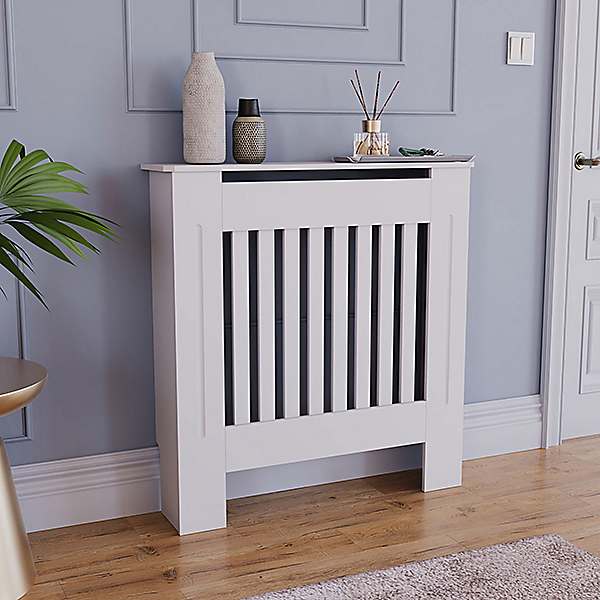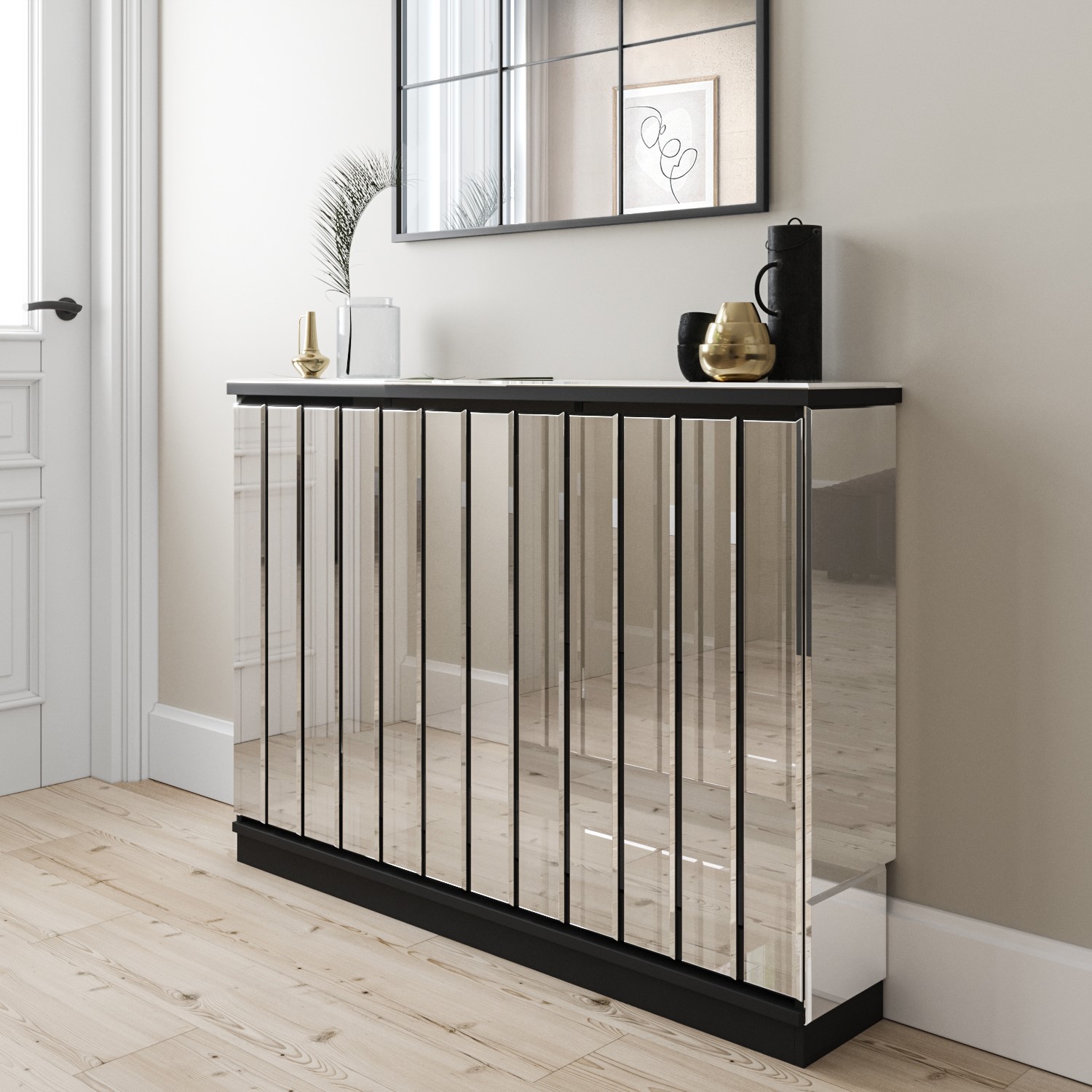The Ultimate Overview to Radiator Cover Materials and Styles
The Ultimate Overview to Radiator Cover Materials and Styles
Blog Article
Radiator Covers: Understanding Products, Designs, and Benefits
Radiator covers offer both functional and aesthetic purposes within a home, supplying an array of products such as steel, mdf, and wood to fit numerous layout preferences. Choosing the ideal radiator cover involves understanding the subtleties of materials, layouts, and their associated advantages.
Types of Products


Wooden covers, often crafted from woods such as oak or maple, offer a traditional, warm look that enhances standard insides. Their longevity and capability to be tarnished or painted add to their flexibility. Steel covers, typically made from steel or aluminum, are preferred for their toughness and contemporary look, often including streamlined lines that enhance contemporary spaces.
MDF, a produced wood item, is prominent for its cost-effectiveness and convenience of personalization. It can be repainted or completed to match existing design while offering a smooth surface. Plastic covers, while much less common, are immune and lightweight to moisture, making them suitable for moist settings.
Eventually, the choice of material for a radiator cover should straighten with the homeowner's style preferences, functional demands, and the certain environment where the cover will certainly be mounted. Each material offers a distinct personality, ensuring that there is an alternative to fit every preference and setup.
Popular Design Styles
Emphasizing aesthetic charm, popular layout styles for radiator covers reflect a series of tastes and interior design patterns. Traditional layouts frequently include intricate woodwork and luxuriant detailing, making them suitable for traditional or vintage-inspired interiors. These covers normally incorporate sculpted aspects, offering a warm and welcoming feeling to any kind of space.
On the other hand, modern styles focus on minimal aesthetic appeals, defined by tidy lines and downplayed sophistication. Products such as steel or sleek wood with a smooth surface are frequently used, permitting these covers to mix flawlessly into contemporary areas. Industrial styles, on the other hand, welcome basic materials like exposed metal and concrete, including a vibrant statement to loft space or metropolitan settings.
For those seeking a distinct touch, bespoke designs supply personalization choices that accommodate private choices, making it possible for property owners to pick shades, patterns, and materials that enhance their style. In addition, farmhouse-style covers integrate rustic aspects, including distressed timber and basic types that evoke a relaxing, country beauty.
Benefits of Radiator Covers
Radiator covers not just enhance the aesthetic allure of an area however also use a number of useful advantages that make them a rewarding enhancement to any home. Among the primary benefits is safety, especially in houses with youngsters or pets. Covers reduce the threat of burns from hot radiator surface areas, making sure a more secure atmosphere.
Furthermore, radiator covers can boost energy performance. By directing heat into the area as opposed to enabling it to escape, they aid keep a regular temperature, reducing heating prices gradually. This is particularly beneficial in older homes where radiator systems may be much less effective.
One more remarkable advantage is sound reduction. Radiators can occasionally create undesirable noises throughout operation, and covers can aid muffle these noises, adding to a much more serene space. Radiator covers can be practical, supplying additional storage or display space, consequently optimizing the energy of often-overlooked locations.
Last but not least, they can shield radiators from dust and debris, which can impede effectiveness and rise upkeep demands. With these incorporated advantages, radiator covers arise as a functional solution for improving both the capability and design of any home environment.
Installation Considerations
Mounting radiator covers requires mindful factor to consider to ensure both capability and security (Radiator cover). Evaluate the measurements of your radiator and the surrounding room to ensure an appropriate fit. Precise measurements are essential; an ill-fitting cover can obstruct warmth circulation or produce safety dangers
Next, examine the product of the cover. While wood offers visual allure, metal options may provide far better resilience and heat resistance. Think about the weight of the cover too; larger covers might need extra assistance or reinforcements to prevent drooping or damage gradually.
Air flow is imp source another important element. Covers have to feature adequate air movement to avoid getting too hot and keep reliable home heating. Try to find designs with slats or openings that allow warm to distribute without blockage.
Furthermore, ensure that the cover is safely placed to prevent crashes, specifically in homes with family pets or children. Radiator cover. It's recommended to comply with the maker's installment standards closely and, if needed, seek advice from an expert for intricate setups
Upkeep and Care Tips
Correct upkeep of radiator covers is essential for guaranteeing their durability and optimum performance. Routine cleansing is essential; dust and particles can build up, obstructing air flow and lowering warm effectiveness. Make use of a soft, damp cloth or a microfiber duster to carefully clean the surface area, avoiding extreme chemicals that may harm the surface. For painted or timber covers, consider an ideal polish or protective finishing to keep their look.
Examine the covers occasionally for indicators of wear or damages, such as fractures or peeling off paint. Attending to these concerns immediately can stop anonymous further damage. Make certain that the covers are safely secured and look for any loosened screws or fittings, as vibrations from the radiator can loosen them over time.
In chillier months, avoid positioning hefty items or decorative things in addition to the radiator covers, as this can impede heat distribution and trigger unneeded stress and anxiety to the framework. Think about seasonal upkeep by getting rid of the covers for complete cleansing and inspection throughout warmer months when the home heating system is inactive. Adopting these basic treatment tips will boost the efficiency and visual allure of your radiator covers, guaranteeing they serve their purpose effectively for years ahead.

Verdict
In summary, radiator covers serve as functional and aesthetic enhancements to household rooms. Mindful factor to consider of setup and maintenance additional makes sure the long life and efficiency of radiator covers in any kind of home atmosphere.
Radiator covers serve both practical and visual objectives within a home, offering an array of products such as mdf, metal, and wood to suit different design preferences. Selecting the right radiator cover includes comprehending the subtleties of materials, styles, and their linked advantages.Emphasizing visual charm, preferred layout styles for radiator covers reflect an array of tastes and interior style fads.Radiator you could check here covers not only improve the aesthetic charm of a space but also provide several practical benefits that make them a beneficial addition to any home. Take into consideration the weight of the cover as well; much heavier covers might need added assistance or reinforcements to prevent drooping or damages over time.
Report this page